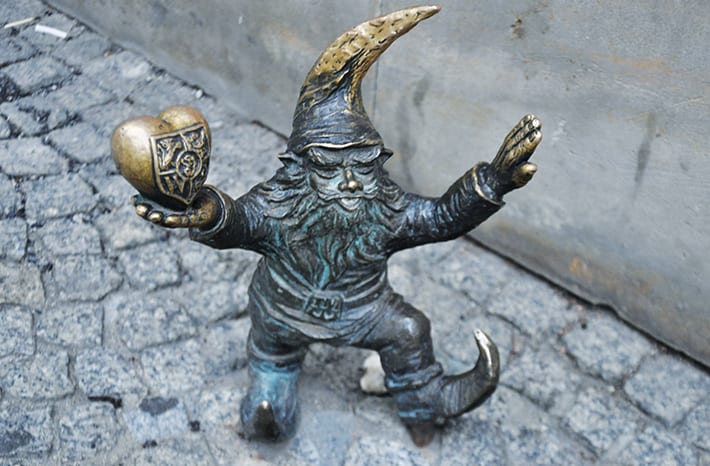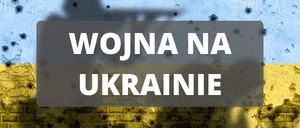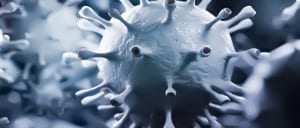Wrocław is now home to over 400 dwarfs/krasnale. Do the locals still view them as a significant symbol of the country’s history and do the tourists even know, why they are here?
The Origins
As almost all Wrocławians will tell you, the dwarf symbol in Wrocław was created by Waldemar ,,Major” Fydrych: the leader of the Orange Alternative. Originally the dwarf was painted on public walls, where the communist government had covered anti-establishment graffiti. The dwarf was a happy, peaceful character epitomising the absurdity of some government rules. Of course, the dwarf was not liked by the ruling party, but major changes in the following decades led to the alternative opinion, that the symbol was good!
The History
To mark the original meeting place of the orange alternative on Świdnica street, the first dwarf was placed by the city council in 2001. Named „Papa Dwarf”, his design was chosen as the winner of a competition by „Gazeta Wyborcza”. He’s a common sight to people living in the city of dwarfs, and a popular resident for tourists here. Papa proved so popular, that a following five dwarfs were commissioned throughout the city in 2005. „The Butcher, Sisyphers, Swordsman and The Prisoner” are all popular dwarfs still resident in Wrocław. In fact, Sisyphers are two of the most well-known; they’re the two pushing a granite ball outside the post office in the Rynek.
Present Day
From such an important historical background, the dwarfs have spread around the city and taken on new roles. At first, the individual figures represented different aspects of life in Wrocław past and present. For example, the Butcher is on Old Jatki street, holding a cleaver and signifying the animal slaughters there. Now however, it seems dwarfs can be commissioned by anyone and everyone, resulting in some less-significant members of Wrocław’s alternative population.
Lost Significance
With over four hundred dwarfs now on show, the sight of them can seem less special than it originally was. It appears that every new business in Wrocław wants to commission the ubiquitous dwarf – whether they make croissants or sell makeup. Any business wanting to make its mark on the city can almost feel obliged to have a dwarf, but with so many little figures around, the ones symbolising something special can get overlooked in the crowd and even lose their importance.
Tourist Attraction
For visitors to The Meeting Place, the dwarfs are almost unanimously liked. Whether the visitors are young or old, Polish or foreign, aware or not of the history, they all like seeing Wroclover holding a heart next to Jaś i Małgosia, or seeing the Tourist outside the tourist information point. Inside this shop, the numerous dwarf-themed souvenirs are highly popular, as is the dwarf map: on a summer’s day, countless happy people can be seen in the old town, holding the red map and looking for the figures.
Remember Me
Whether the tourists know the history or not, the dwarfs definitely add to Wrocław’s attractiveness, interest, and income. Many visitors could research the history of the dwarfs and find out about their significance – something its very doubtful they would know otherwise. However, the commonness and insignificance of some new dwarfs has resulted in many residents of Wrocław questioning their presence and importance to the city. For many people here, it would be an honour to have a dwarf made to remember them, while others would agree with Cito the Elder when he said, „after I’m dead I’d rather have people ask why I have no monument than why I have one”.







